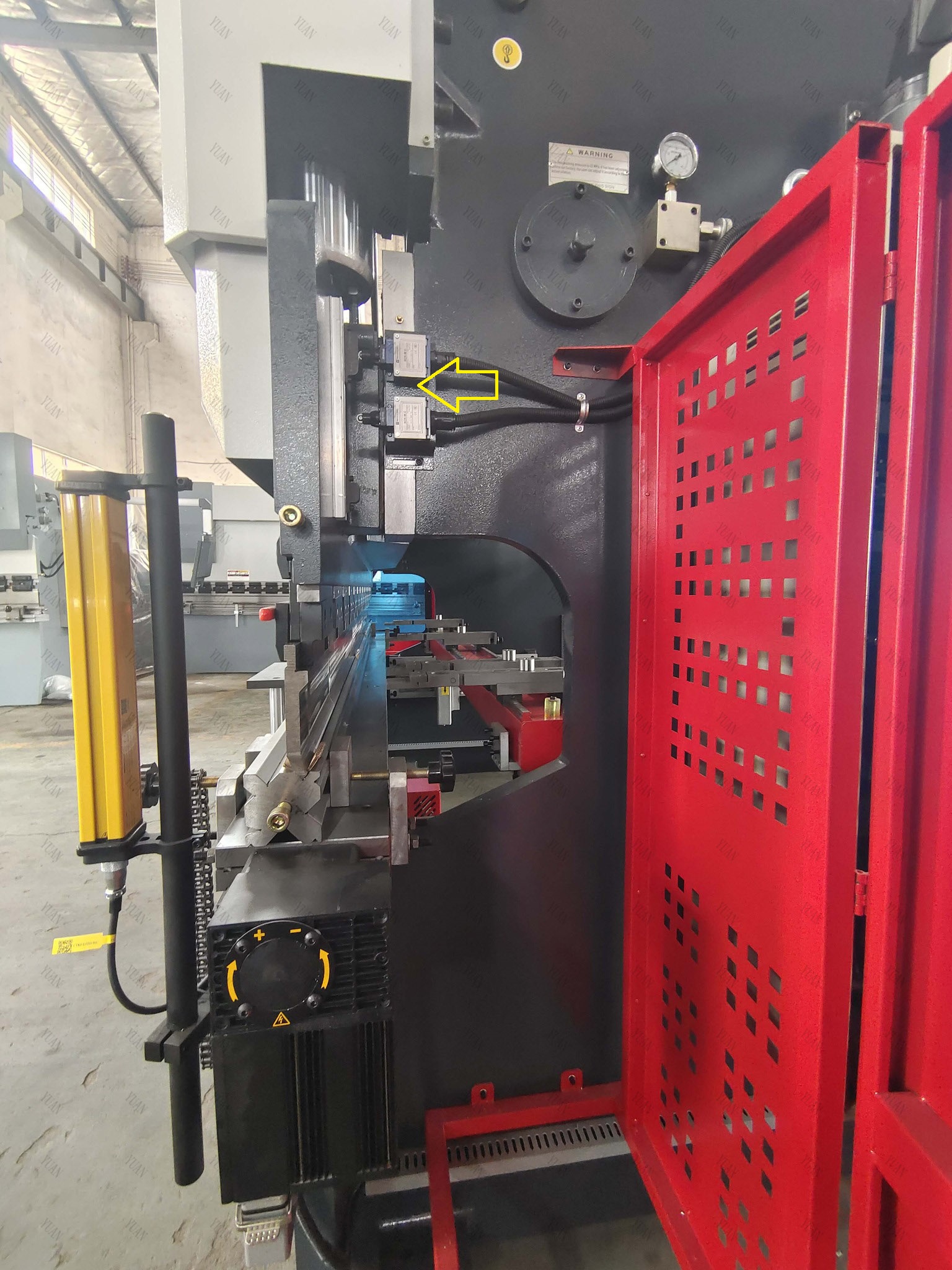
Press brake limit switch is an important switch for control the press brake ram strok.
There are 2 travel switches on the right side of the torsion axis bending machine. When the slider moves downward and hits the upper limit switch, the slider begins to move slowly. When the slider moves upward and hits the lower limit switch, the slider stops running. The upper limit adjusts the work advance position, and the lower limit adjusts the top dead center position.
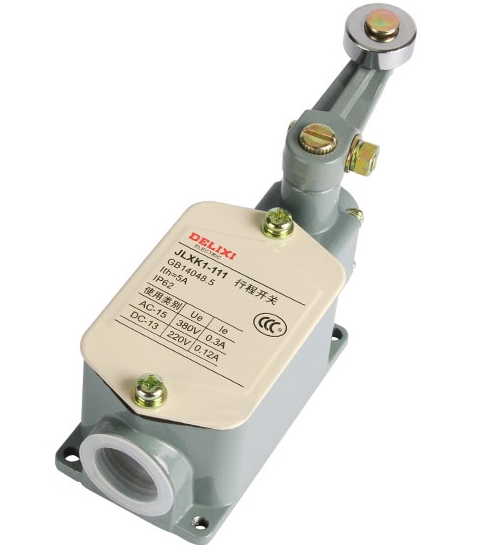
Travel switch is also known as limit switch.
The limit switch is purely mechanical. The contacts are broken through mechanical collision to achieve the control effect without power supply.
Limit switches usually have a high level of protection. In order to protect the switch body from the environment (water, oil, dust), the switch is installed in a metal casing.
Limit switch is also be installed on NC Torsion Bar Press Brake for control the press brake travel stroke.
Configuration:
Travel switches has three types: horizontal type, vertical type and composite type.
Travel switch has head ,switch shell ,inbuilt switch ,conductor port ,drive rod,gap,terminal.
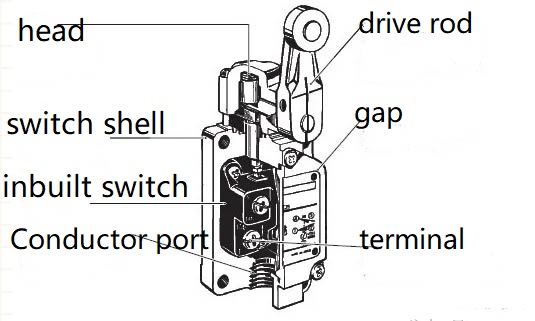
Travel switch classifications:
1.Roller arm travel switch
It usually contains a rotatable roller, and the movement of the roller triggers the action of the switch.
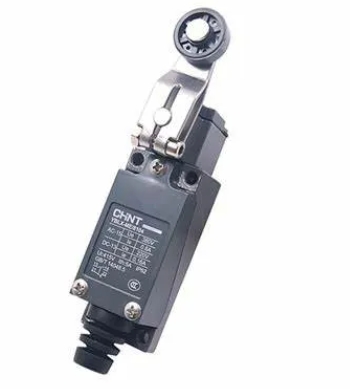
2.Adjustable rotating rod travel switch
Allows users to adjust the length or position of the rotating rod according to actual needs to adapt to different operating needs.
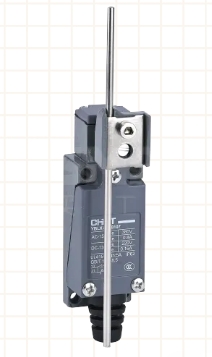
3.Adjustable roller rotating arm travel switch
It combines the features of a roller and a rotating arm , allows the position or angle of the roller to be adjusted.
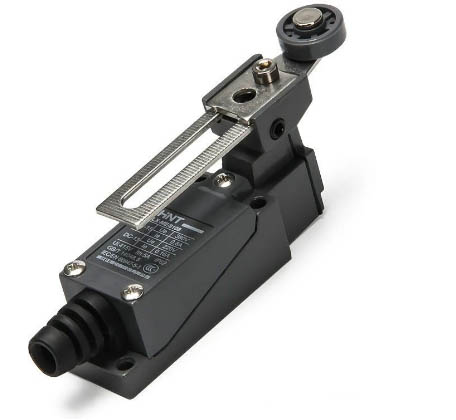
Direct pressure plunger travel switch
Switching action is usually triggered by direct application of pressure to the plunger.

Direct pressure plunger roller travel switch:
It combines the characteristics of a direct pressure plunger and a roller, and uses the movement of the roller to push the plunger, thereby triggering the switch action.
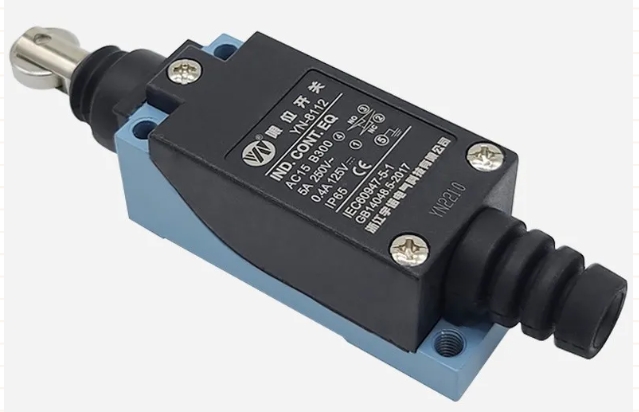
Universal travel switch:
It has a universal adjustment function and can adapt to multi-angle and multi-directional installation and operation requirements.
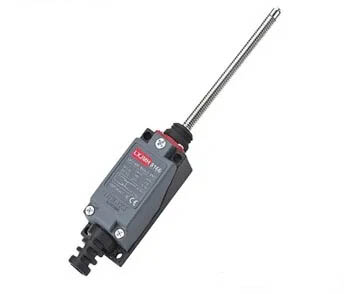
Travel Switch Principle:
Push rod: When the moving part in the mechanical equipment reaches a specific position, it pushes the push rod of the travel switch.
Contact system: Normally closed contact (NC): When there is no external force, the moving contact and the normally closed contact are closed. Normally open contact (NO): Similarly, when there is no external force, the moving contact is disconnected from the normally open contact. When the push rod is pushed, the movable contact moves, opens with the normally closed contact (if it was originally closed) and closes with the normally open contact (if it was originally open).
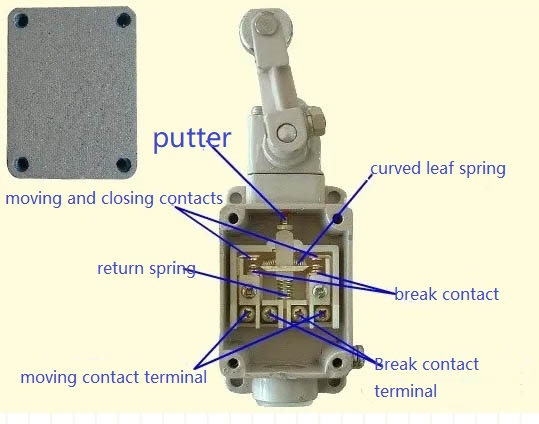
Return spring: When the external driving force disappears, the return spring will return the movable contact to its original position, that is, close the normally closed contact and disconnect from the normally open contact.
Binding posts: Binding posts are used to connect external circuits, usually including common terminals (COM), normally closed terminals (NC) and normally open terminals (NO). Through these terminals, the limit switch can be connected to the power supply, control equipment and load to control the on and off of the circuit.
Travel switch technical term:
The position of the drive rod when no external force is applied. OP (action position)
The position when external force is applied to the drive rod and the movable contact starts to reverse from the free position. TTP (total travel position)
The position where the drive lever reaches the drive lever stop gear. RP (return position)
Reduce the external force on the drive rod to the position of the drive rod when the movable contact has just reversed from the operating position to the free position. OF (action force)
The force that must be exerted on the drive rod in order to move from the free position to the working position. RF (restoring force)
The force that must be exerted on the drive rod in order to move from the total travel position to the return position. PT (pre-trip)
The movement distance or movement angle of the drive rod from the free position to the action position.